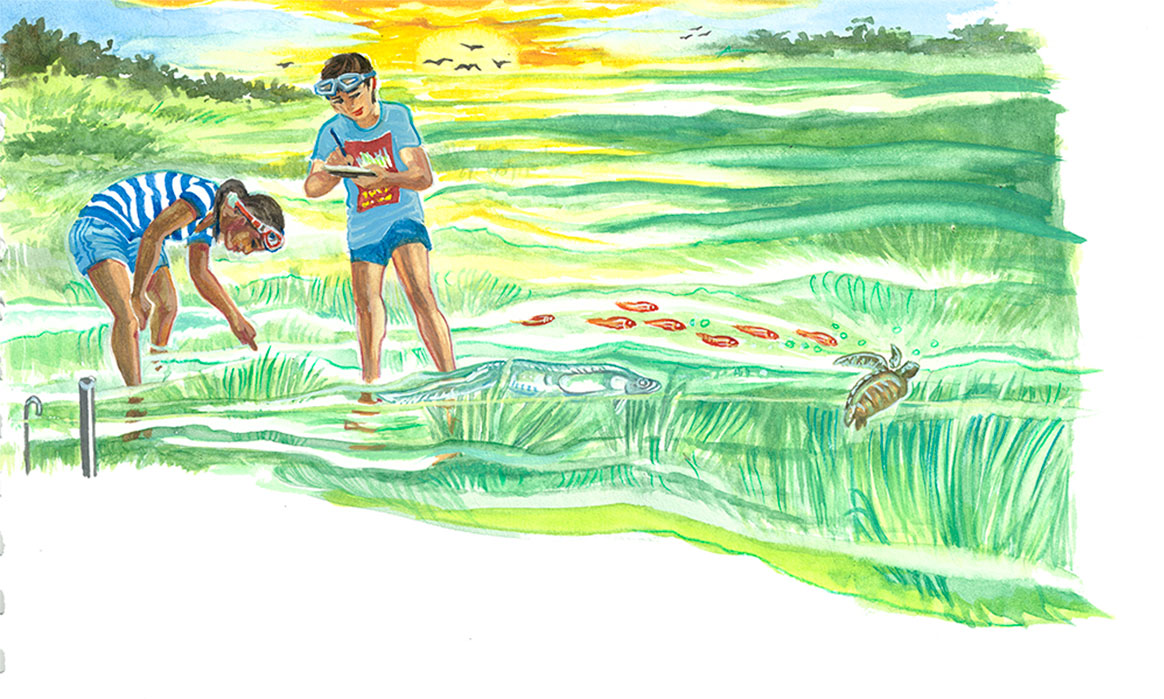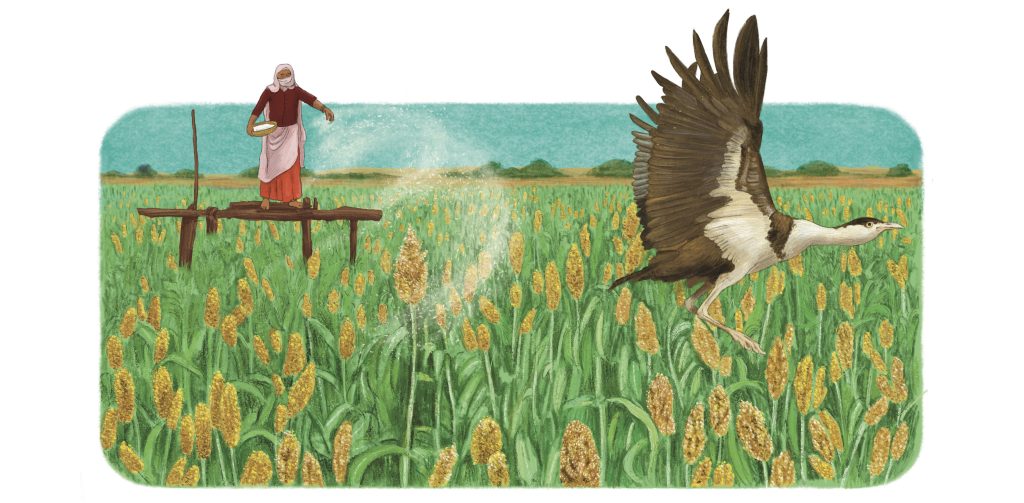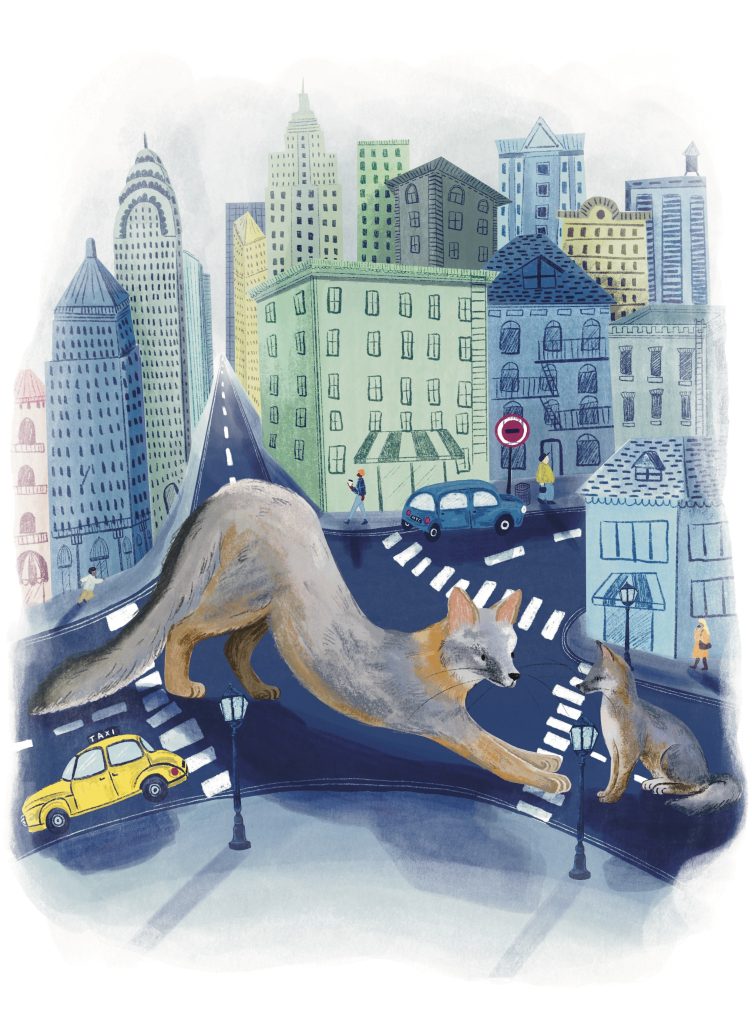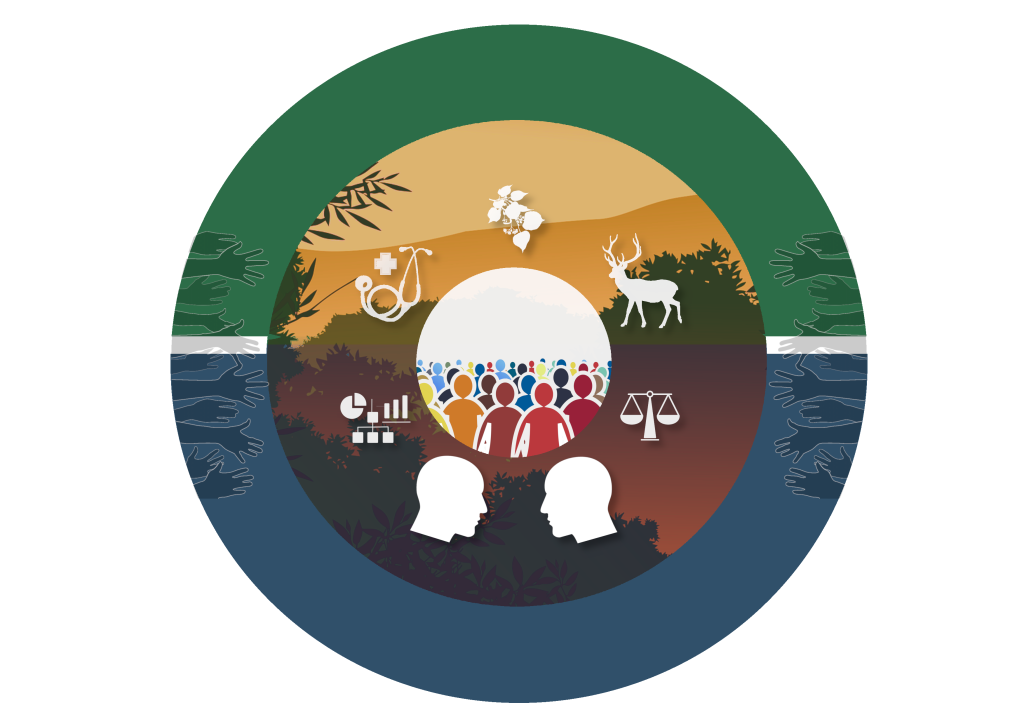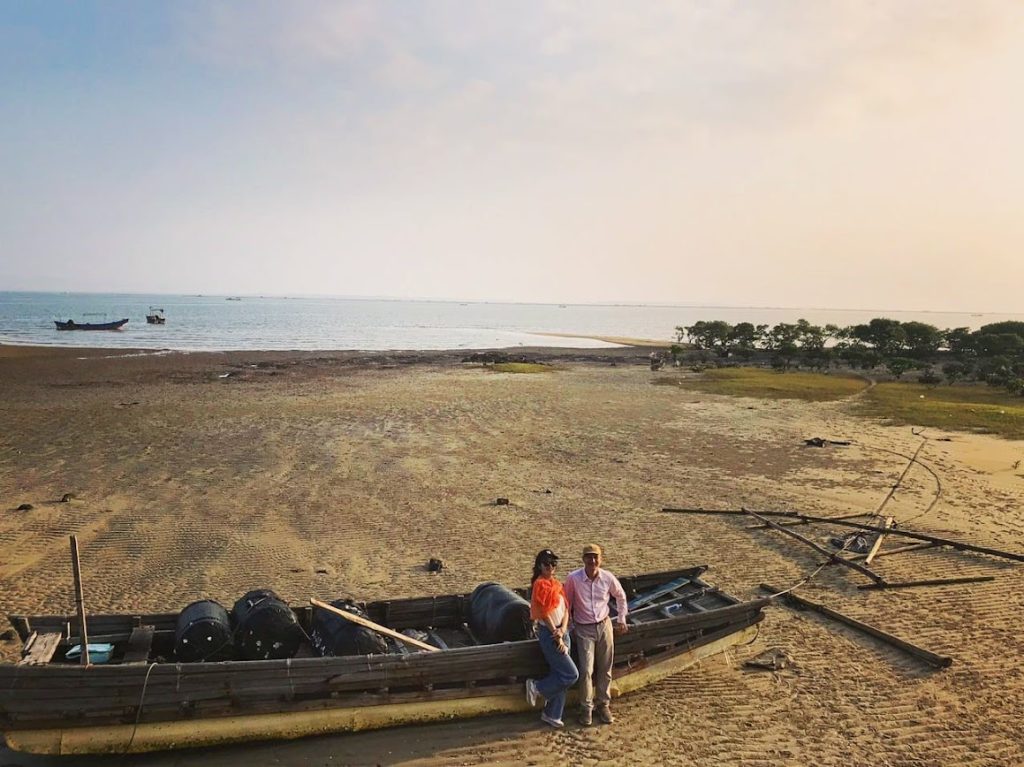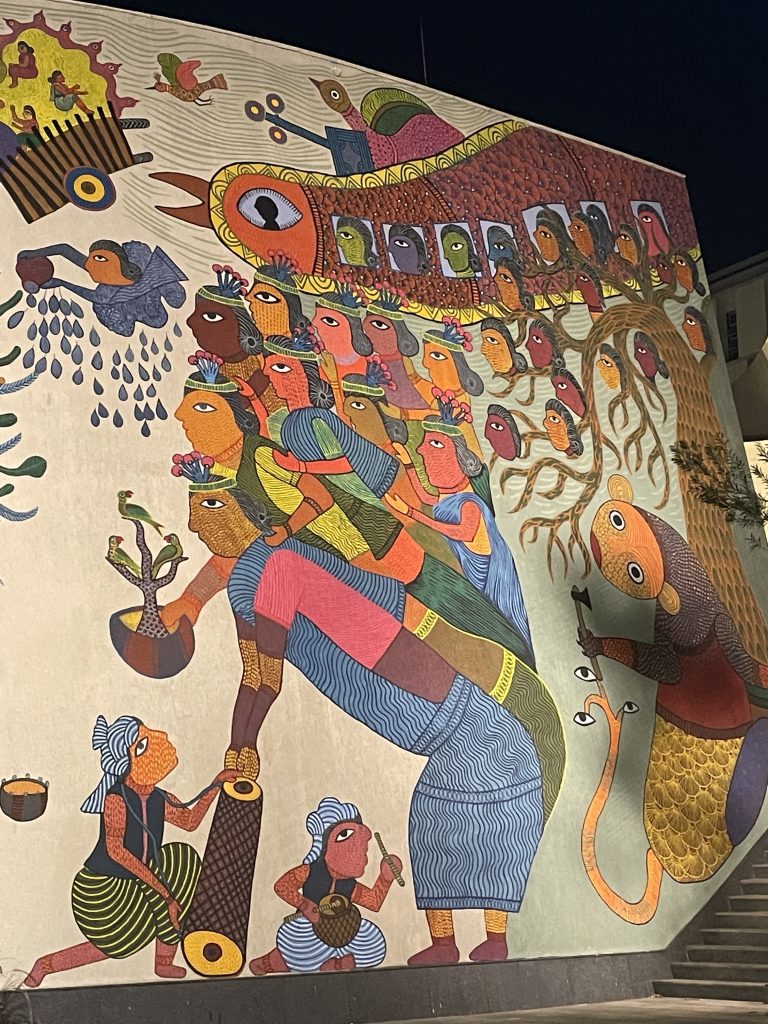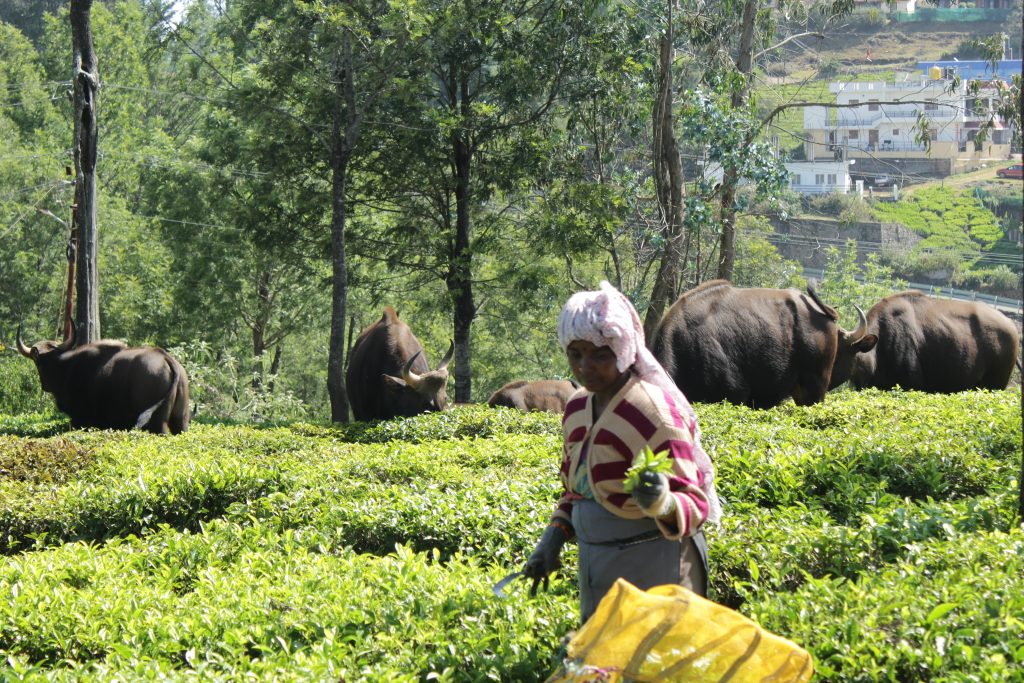Laced along our world’s coastlines are a mosaic of highly productive habitats. Coastal ecosystems, such as mangroves, tidal marshes, and seagrass meadows, straddle the line where land meets the sea and form the foundations of complex and interconnected marine systems. Beyond their beauty and wonder, the ecosystem services they provide are far-reaching. They play a critical role in reducing coastal erosion, protecting shorelines from storms by dissipating wave energy. They aid water filtration and are an important source of building materials and fuelwood. They also protect adjacent habitats, such as coral reefs, from sedimentation and provide habitats that support important wildlife, including many fish species that are essential to the livelihoods and food security of coastal people.
Like their land-based counterparts, the salt-tolerant plants that make up these habitats absorb light and carbon dioxide to power photosynthesis, produce food, and grow. In turn, the carbon absorbed becomes part of their biomass and soils, commonly referred to as coastal “blue carbon”.
Despite occupying only a small percentage of the world’s oceans, coastal habitats sequester and store more carbon per unit area than terrestrial forests, accounting for approximately half of the carbon sequestered in ocean sediments worldwide. If left undisturbed, carbon can be locked away in their soils for millennia, offering a valuable natural solution to mitigating rising carbon dioxide emissions. However, these habitats are being destroyed as quickly as they absorb carbon.
Coastal ecosystems are disappearing at an alarming rate from shorelines every year due to pressure from coastal development, fishing, pollution, and climate change. Once gone, so too will the wealth of ecosystem services they provide, and their role in climate mitigation will be reversed. Experts estimate that the loss of these habitats contributes to 3–19 percent of global emissions produced from deforestation worldwide. At current conversion rates, vast amounts of these habitats could be lost in the next 100 years, with devastating consequences to coastal communities and at a considerable cost to humanity.

In recent years, the excitement around blue carbon and financing the conservation of coastal habitats has grown because of the potential to bring a new level of investment into ocean and intertidal ecosystem conservation. Mitigating the loss of these habitats can be achieved through several mechanisms, including avoided loss and degradation, as well as ecosystem restoration. Mangrove blue carbon conservation projects, such as the Tahiry Honko project in Madagascar and the Mimoko Pamoja initiative in Kenya, have shown considerable promise. These formally certified Plan Vivo carbon credits offer a potential route for communities to reap sustainable long-term finance from the international carbon market. But the certification, which has only very recently started expanding to include seagrass ecosystems, is complex and realistically beyond most communities, without considerable scientific support. Similar, ideally simpler, impact-based initiatives, must be the way forward. This will place the coastal communities, who undoubtedly have the greatest long-term interest in their success, at the forefront of these efforts.
Conservation initiatives that place people at the heart of their strategy can help build self-sustaining models, which diversify incomes and generate capital that can be reinvested back into locally-led conservation efforts. This approach offers a new and exciting opportunity to support the costs associated with managing and restoring habitats. It also empowers communities with the skills and means to protect their marine areas for both local and global benefit.
Building off lessons learnt from restoring and protecting mangrove habitats, eyes are being turned to other carbon-rich coastal ecosystems to explore the opportunities available for financing their conservation and integrating the needs of people into their approach.
Communities must lead the seagrass revolution
Seagrass is found on all continents except Antarctica. Despite only covering 0.1 percent of the ocean floor, it accounts for 12 percent of the total organic carbon stored in the ocean. They are also important nursery grounds for over a fifth of the world’s largest fisheries, bolstering life along our coasts.
Although research interest in seagrasses has grown, gaps in our knowledge about these super plants and their role in carbon sequestration still remain. Worldwide, we know that seagrass habitats are in decline, but site-specific data are virtually non-existent, impeding the conservation of these important habitats across the globe
Spanning five different countries—Indonesia, Malaysia, Philippines, Thailand, and Timor-Leste—the Seagrass Ecosystem Services Project aims to improve the conservation status of seagrass meadows throughout the Indo-Pacific, by incorporating an innovative, holistic and community-centred approach. A first of its kind, this project will assess the health, threats, and ecosystem services provided by seagrass habitats, and empower coastal communities through hands-on data collection and locally-led marine management. The information collected by communities will then be used to inform decision-making and help shape policy at local and national levels.
To fund and sustain long-term locally-led seagrass conservation and marine management, this project supports the development of dual-purpose community businesses that offer alternative livelihoods and income streams away from unsustainable extractive practices, whilst directly funding community conservation efforts that protect and restore seagrass and their ecosystem services. Working closely with communities, innovative ecotourism, aquaculture, and blue carbon credit business models are being explored. These models showcase to communities the added value of conservation and the benefits of a healthy marine environment, whilst building community capacity and reducing dependency on fishing as a main source of income.
The future
Models like these hold the potential to achieve something that few other projects have managed. They enable marine conservation to make economic sense to those most reliant on the ocean’s resources. It offers those most vulnerable to the impacts of climate and ecological breakdown, overfishing, and global pandemics, a chance to become more resilient to socio-economic and environmental shocks, whilst empowering them with the skills and resources to safeguard and manage their marine areas. Through this, coastal people can secure a future for themselves and their communities for generations to come. A future that doesn’t come at the cost of the environment and paves the way for a more sustainable and healthy blue planet.
Further reading
Duarte, C. M., Kennedy, H., Marbà, N., and Hendriks, I. 2013. Assessing the capacity of seagrass meadows for carbon burial: current limitations and future strategies. Ocean Coastal Management 83: 32–38.
Oreska, M.P.J., McGlathery, K.J., Aoki L.R., Berger, A.C., Berg, P. and Mullins, L. 2020. The greenhouse gas offset potential from seagrass restoration. Scientific Reports 10: 7325.
Shillanda, R. Grimsditch, G. Ahmed, M. Bandeira, S. Kennedy, H. Potourogloue, M. Huxhama, M. 2021. A question of standards: adapting carbon and other PES markets to work for community seagrass conservation. Marine Policy 129: 104574.
